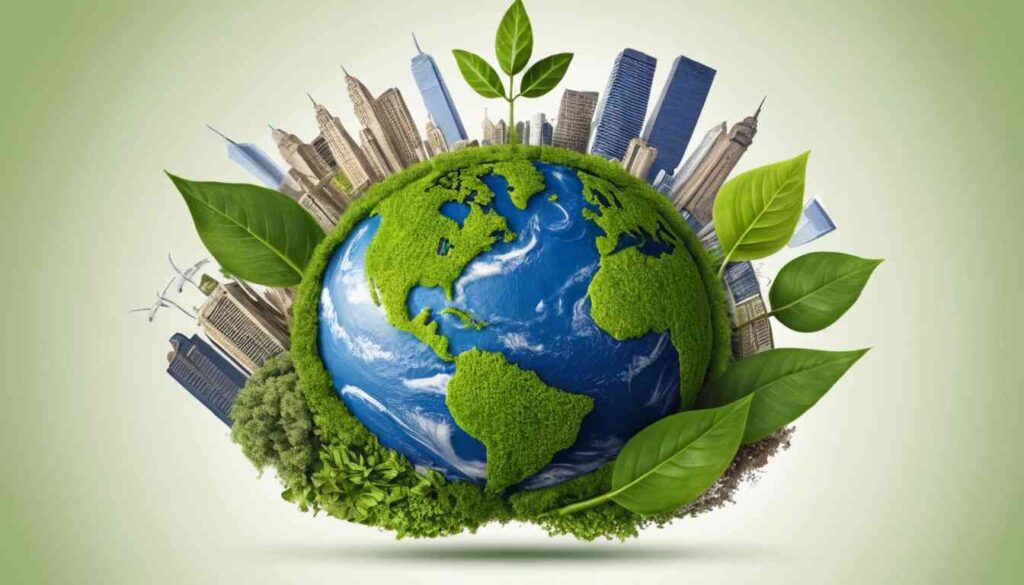Introduction:
What is e-commerce?
E-commerce is the trading of goods and services online. The Internet allows individuals and businesses to buy and sell an increasing amount of physical goods, digital goods, and services electronically.
Recent trends and developments in e-commerce growth:
- Pandemic Influence
The COVID-19 pandemic has permanently shifted consumer behavior, with more people shopping online for convenience. This trend continues to grow as consumers prefer digital channels for various products. - Personalization and Customer Experience
Tailored Shopping Experiences: E-commerce platforms are leveraging AI and data analytics to create personalized shopping experiences, offering product recommendations based on previous purchases and browsing behavior. - Social Commerce
Integration with Social Media: Platforms like Instagram and Facebook are increasingly incorporating shopping features, allowing brands to sell directly through social media, tapping into their vast user bases. - Sustainability and Ethical Shopping
Eco-Conscious Consumers: Many consumers are prioritizing sustainability, prompting brands to adopt eco-friendly practices and transparency in sourcing and production. - Innovations in Payment Solutions
Flexible Payment Options: The rise of “buy now, pay later” (BNPL) services and digital wallets is changing how consumers approach online purchases, making transactions smoother and more accessible. - Omnichannel Strategies
Seamless Integration: Businesses are developing omnichannel strategies that integrate online and offline shopping experiences, ensuring consistency in branding and customer service. - Expansion of Mobile Commerce
Mobile-First Approach: With increasing smartphone usage, brands are optimizing their websites for mobile shopping and investing in mobile apps to enhance the shopping experience. - Logistics and Delivery Innovations
Faster Delivery Options: Companies are investing in logistics to offer same-day or next-day delivery, enhancing customer satisfaction and competing with giants like Amazon. - Marketplaces Growth
Rise of Niche Marketplaces: In addition to giants like Amazon, smaller, niche marketplaces are gaining popularity, providing targeted products and communities for specific consumer interests. - Cross-border E-Commerce
Global Reach: Brands are increasingly selling internationally, supported by platforms that facilitate cross-border transactions and localized marketing strategies.


These trends indicate a dynamic and rapidly evolving e-commerce landscape, driven by technological advancements and changing consumer preferences.
5 benefits of content marketing E-commerce!!!
1. Build and establish brand awareness.
2. Educate new and existing customers
3. Improve customer loyalty
4. Improve SEO and original search.
5. Increase conversation and revenue.
Conclusion:
In today’s digital world, e-commerce is more than just buying and selling goods. It’s a full-on experience that needs creativity, new ideas, and a real grasp of what customers want. Looking ahead, it’s clear that only those businesses that change, innovate, and focus on customer experience will make it in the fast-changing e-commerce landscape.

